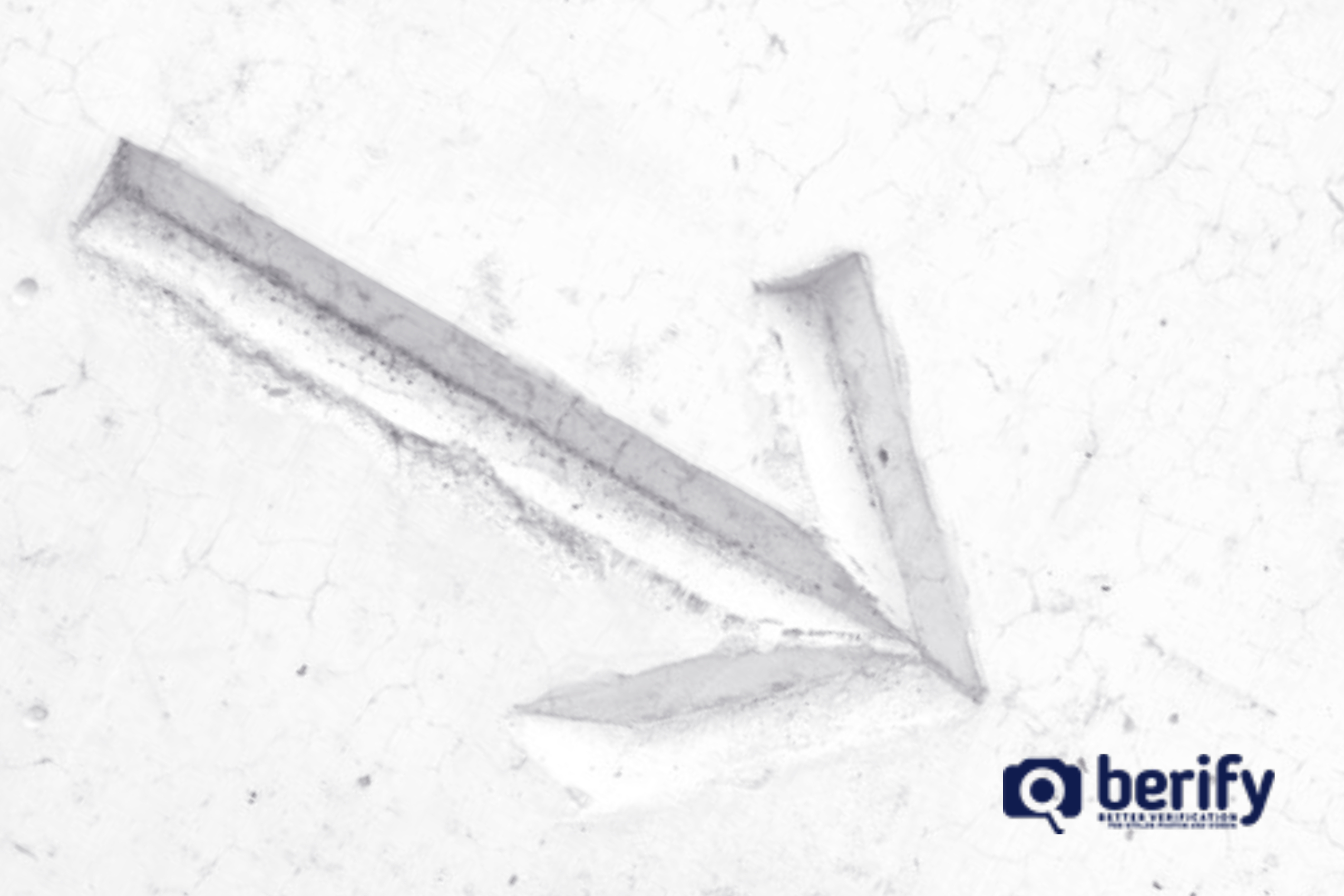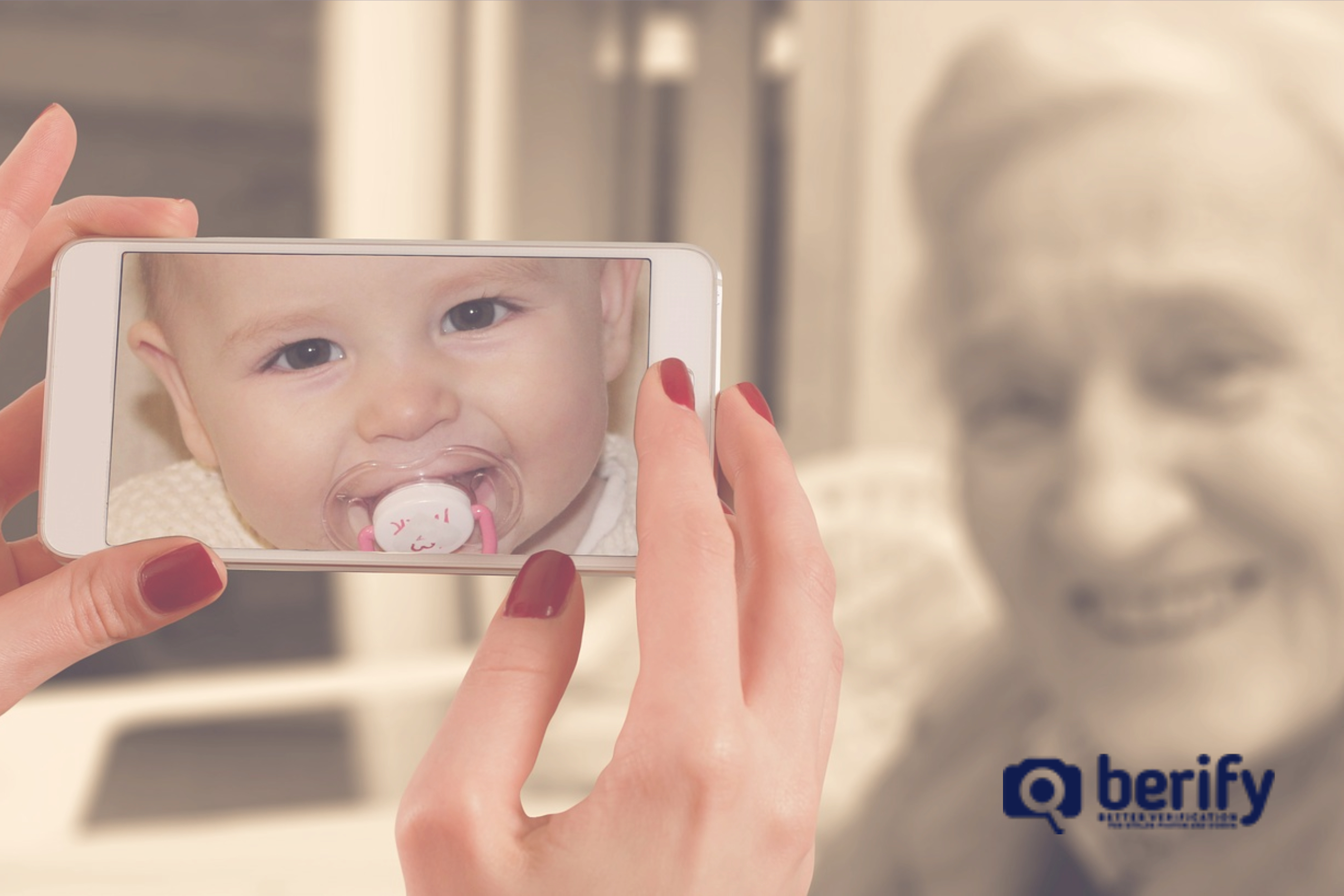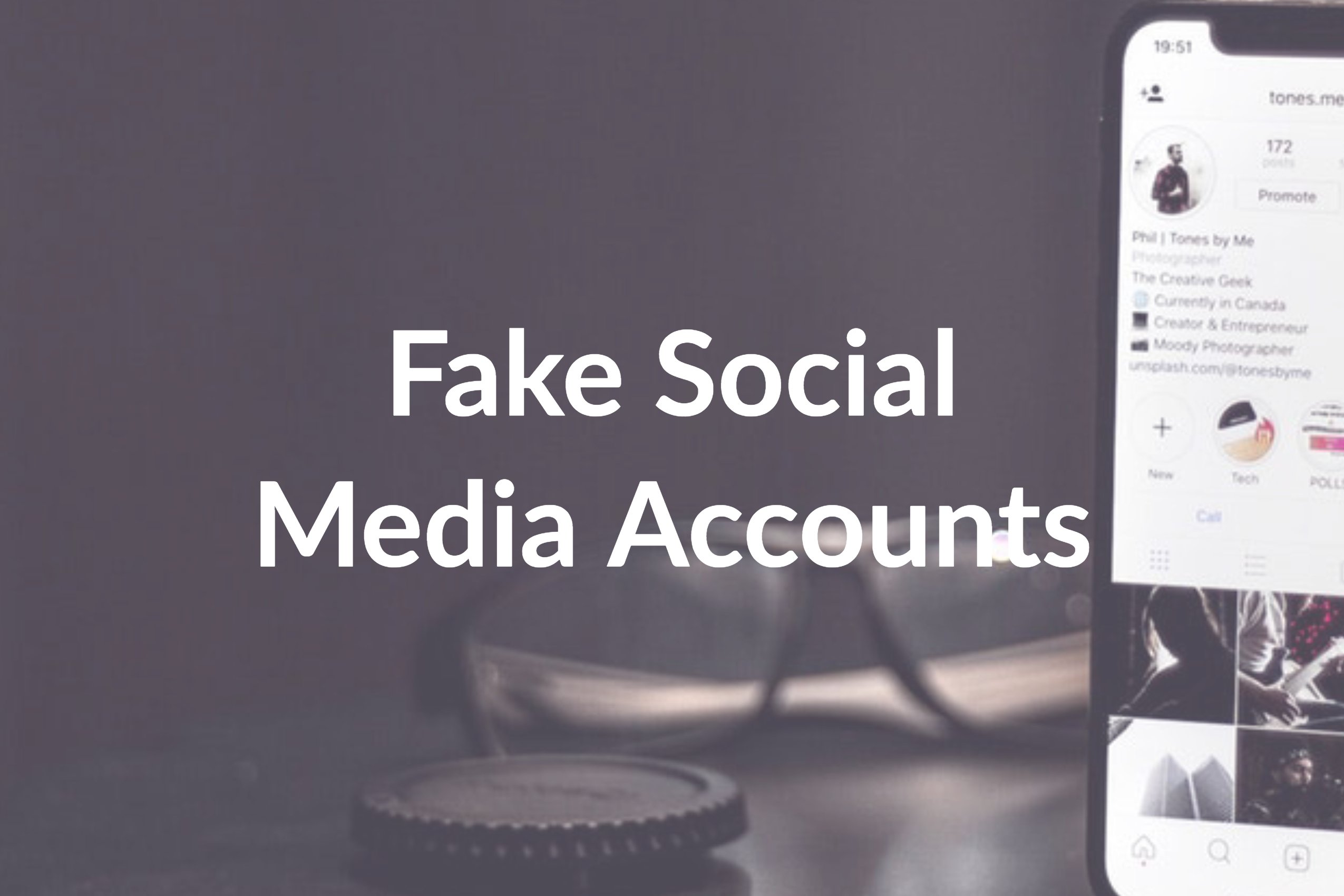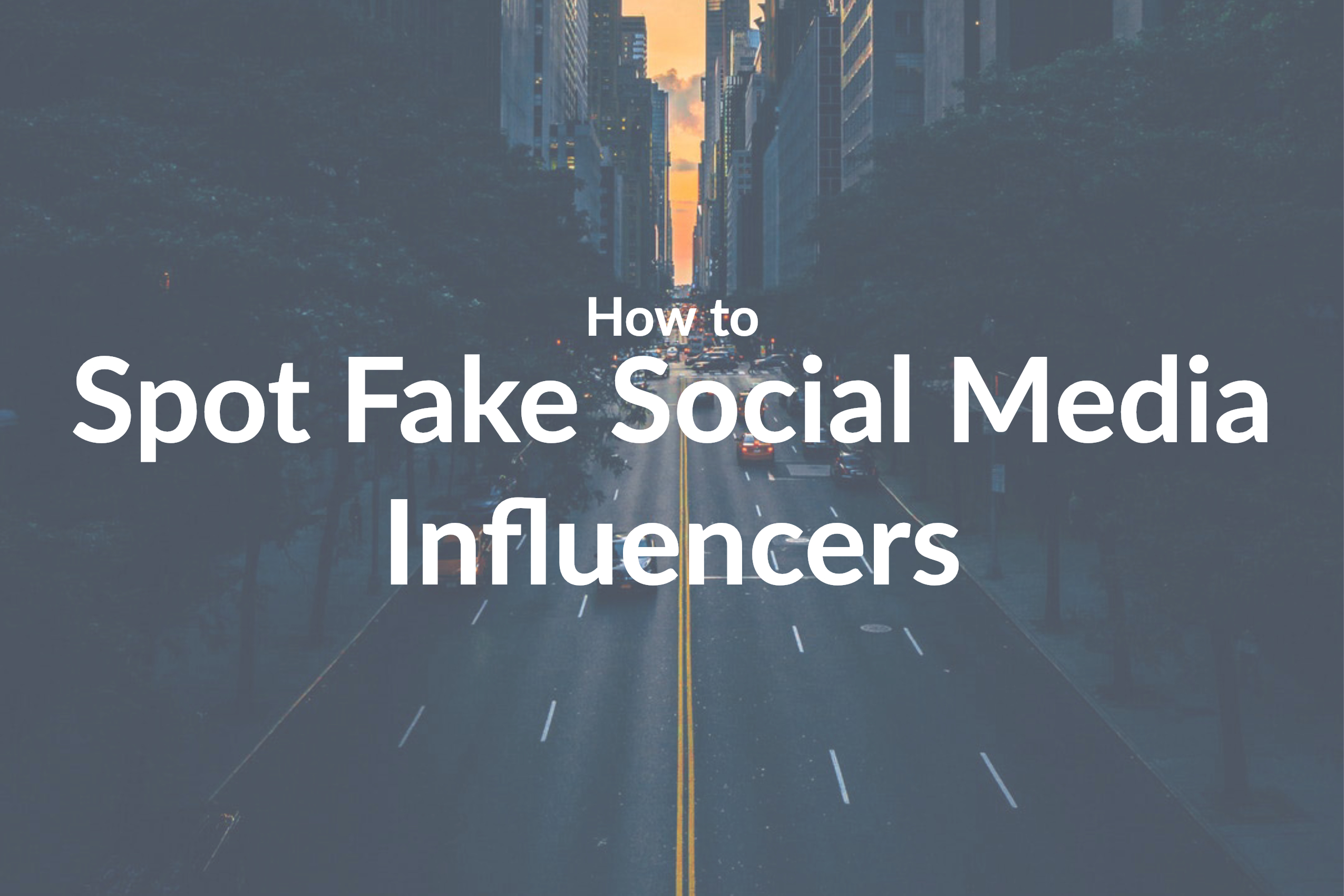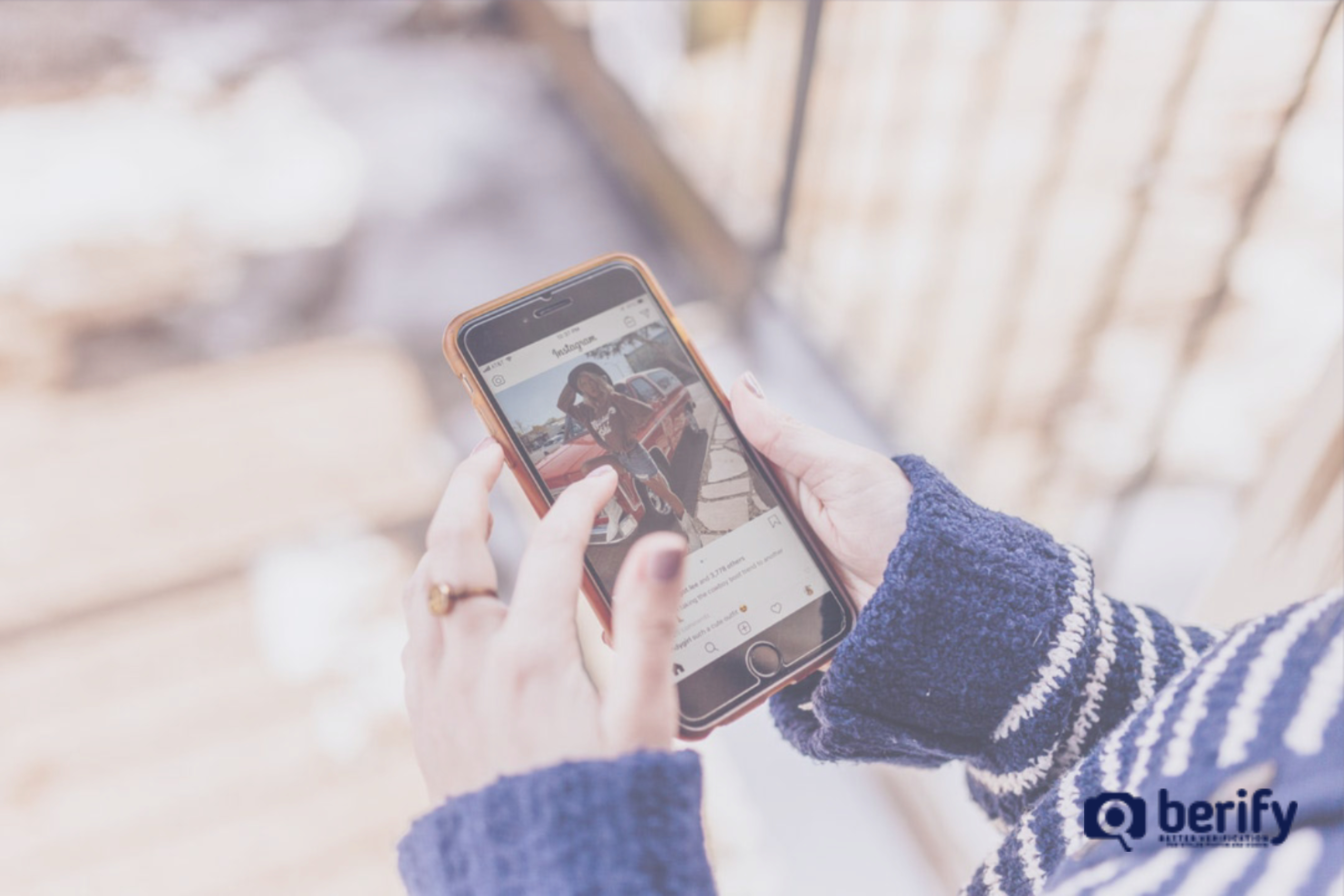4 Little Known Ways to Protect Your Photos on Social Media
Social media is all about sharing – your world, your view, your content, and images. However, if you’ve been the victim of stolen photos, stalkers, or worse; you know that sharing comes with some risk.
If you’re a photographer, model, or social media influencer, someone stealing an image can cost you money, promotional deals, or ruin your reputation. If you are unsure whether your work has already been taken, you can conduct a high-powered algorithm-based search and find out which images or photographs are already being used, without your consent.
At Berify, you can conduct a reverse image search and take action against stolen photographs. It is never too late to start protecting yours. While the following steps won’t wholly ensure your images are never stolen or used without permission, they will help deter online thieves!
How to Protect Your Photos on Social Media
Add a Watermark
A watermark is essentially a transparent image overlaid across a photograph, in hopes that it will not be used without permission. This is especially helpful for photographers who have their artwork for sale and don’t want it used, digitally, without their consent.
However, Instagram influencers – who post personal content – will not want to watermark their day to day images, as their final product is essentially their post. One drawback to using a watermark is that someone skilled at Photoshop or editing can remove the protection.
Add a Copyright Notice
- While adding a watermark is optional, a copyright notice should be routinely used. Your copyright notice can include the word “Copyright”, the abbreviation “Copr.”, or the symbol “©”.
- Also, list the year of publication and – if the work is not published – write “Unpublished work” along with the “Copyright [the year]”.
- List your name or the name of the copyright owner.
- State whether “All Rights Reserved”, “No Rights Reserved”, or if there is a “Creative Commons License” (and the specifics for proper use).
- Add a link to your original image, if you are sharing from another site, etc.
- Decide if you want to register your copyright online. You do not have to, but it will provide more protection, legally speaking (though there is an accompanying cost). If you don’t foresee yourself ever filing a lawsuit for incorrect use by others/copyright violation, then this official step may be less critical.
Add DMCA Badge
A DMCA badge is free to use and worthwhile. Primarily, it offers free protection for your images (on your website) if someone uses your content without permission. It can act as a deterrent to ward off those who habitually steal images. The badge can also be added on WordPress as a plugin. DMCA also offers the service of free watermarking for your pictures.
Size of Photograph
On social media (Facebook, Twitter, Instagram, etc.) your images are displayed in a smaller size, so if anyone steals your images through ‘drag/drop’ or ‘right click’ the image will download more blurry. If you can disable ‘hotlinks’ on your site, this will also prevent easy download. If you are uploading to your site, keep the image size smaller to prevent unauthorized download.
Have you taken the above steps but are concerned about prior theft? Find out which photographs are already being stolen by photographer wannabes, catfish, or online scammers at Berify.

